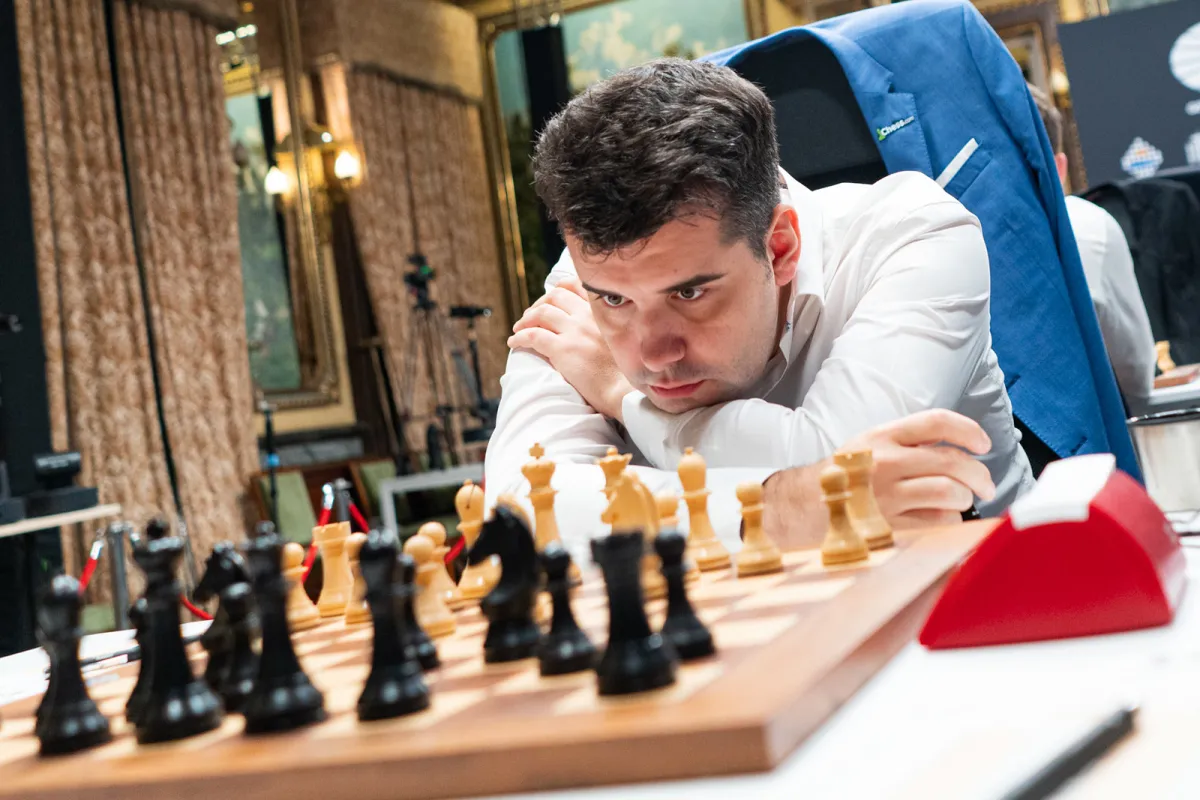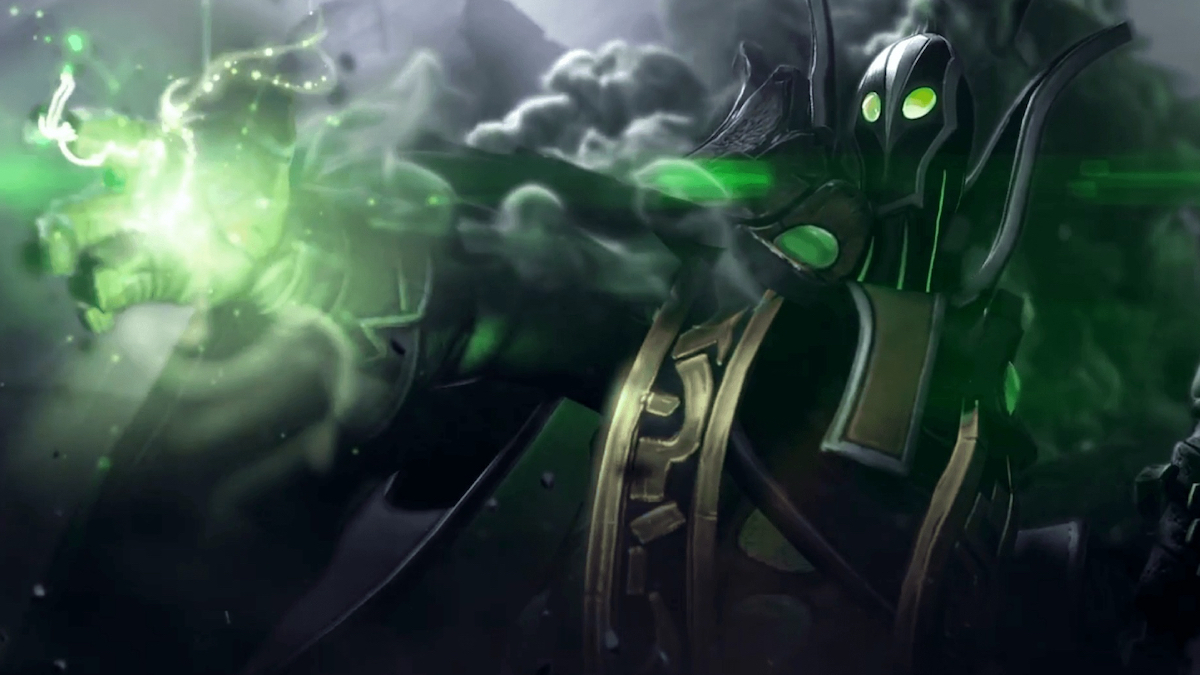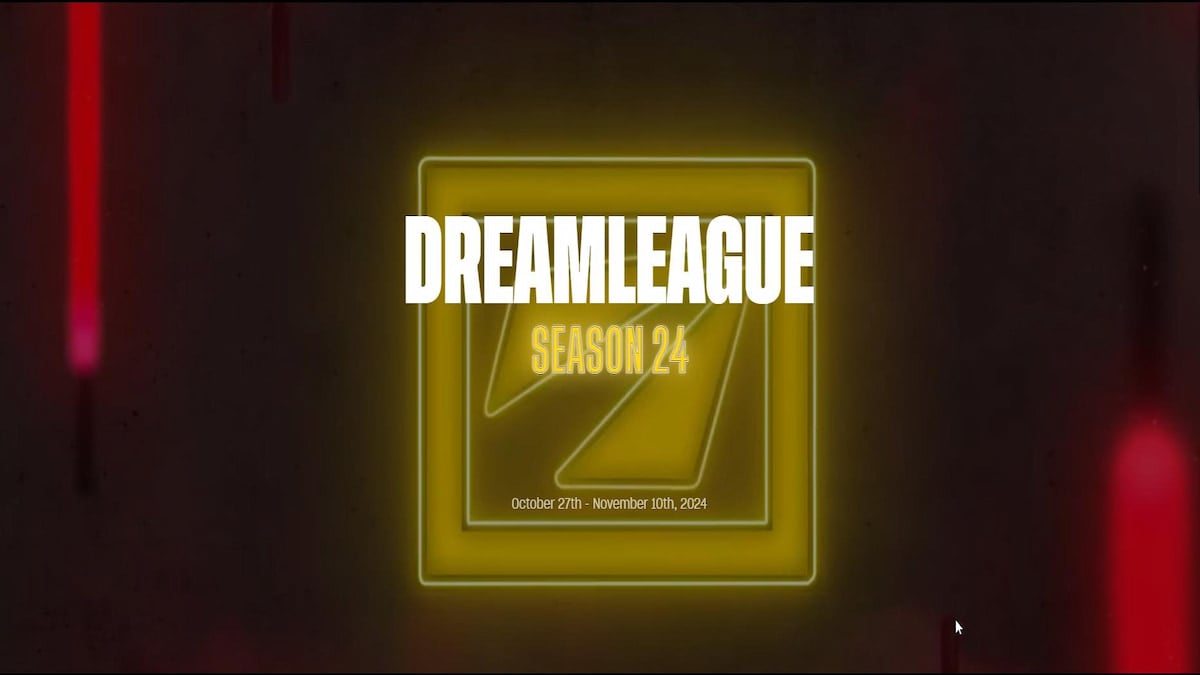This article is brought to you by StatBanana, the best Dota 2 strategy tool.
Valve has been overhauling a lot of things about Dota 2 in recent weeks due to a mix of server issues and preparation for the next season of ranked matches. But now, the full list of changes is out and many of them are going to make a huge impact on the quality of games.
The biggest changes will impact the way each match will be affected by roles and the actions Valve is taking to stop the rampant use of smurf accounts within its game. Both of these areas aren’t going to be completely fixed just with this update, but they’re good steps in the right direction.
Role symmetry
The first big change is Valve acknowledging how messy matchmaking has become because of players drafting heroes in bad roles. Match quality takes a significant dip if one player decides to pick a hero more suited for support in an offlane position.
This update is changing how matchmaking prioritizes players, swapping from rank to role selection as the biggest deciding factor. Valve is going to keep on tweaking this method as the season progresses and hopes that it will help align player roles more consistently.
Draft role report
Arguably the biggest change in this entire update, players will now be able to report other players who are drafting outside of the position they’ve queued up for.
Fans are celebrating on Reddit that this will be the end of players being reported for poor farm rather than not playing their role. But this also raises a concern about how flexible things will be in the match if a few teammates try to negotiate a soft role swap during the draft.
This is going to help safeguard the system against people who abused it, but there are other issues that could pop up if Valve doesn’t keep up with community feedback on the new option.
Smurf accounts
Valve made its stance on one of the biggest conversation topics in the community clear during this update.
“We recognize that recently there has been an increase in smurf accounts,” Valve said. “We share the sentiments the community has expressed on this issue and we consider it a high priority for us to solve as well. There isn’t a single solution that can address this issue easily, but we hope that a combination of multiple different changes over time will reduce the negative impacts and frequency of it.”
The biggest change here is fixing the phone number verification. Valve fixed a loophole that players were using to get around the verification in the past and will prevent accounts from queueing up without setting that up.
The way players get into ranked matches is also being changed, with players now having to play 100 hours of Dota rather than a fixed number of games. This could negatively affect some players, but it’ll also heavily cut down on the number of smurf accounts making it into ranked.
Generally, Valve’s approach to smurfs is just trying to elevate the player to higher MMR faster because those players are clearly overperforming based on their rank. Now, there’s going to be an improved detection system implemented within the next week that will leverage several key factors of game data to accurately place players. This will be heavily tweaked as the changes and data are tracked and analyzed.
“Moving forward, we will be spending more time on live detection of smurfing and boosting behaviors,” Valve said. “This will hopefully allow us to put detected accounts into an aggressive recalibration, resulting in a much quicker adjustment to an accurate MMR while reducing the number of games that are ruined in the process.”
Core and support ranks
It looks like fans aren’t really happy about the devs changing how MMR is going to work now between the two roles.
This new system will try to average out various numbers and percentages within MMR so players will have a rank more representative of their overall skill. But this change hurts players who might want to try and learn new roles, instead incentivizing safer hero drafting to protect total MMR.
This could be good or bad depending on how you like to play the game, but it’s easier to learn new heroes playing against better competition that actually force a challenge upon you in a serious match. Now that practice will be penalized, forcing those who want to learn new roles into casual matches to train, which is less consistent in terms of the level of play.
Ban waves
Valve has reworked the way it’ll ban players with low behavior scores and those who go against the company’s terms of service by doing things like purchasing accounts.
Here are the updated areas of focus for this ban wave update:
- Players with extremely low behavior scores
- Breaking Steam’s ToS regarding the buying and selling of accounts
- Players detected using exploits to gain an advantage over other players
This essentially ends a lot of ways several booster farms worked and puts a high risk on players who purchase accounts for a Dota 2 rank. This also plays into the fixed phone verification requirement.
Any player banned for one of these listed reasons will have their phone number blacklisted from joining ranked matches again in the future unless they make an appeal to Valve.
All of these changes and the statements within the official post reinforce the recent narrative that Valve is doubling down on improving matchmaking in Dota 2. The community has responded very positively to nearly every change over the last few months and the company continues to build off of that feedback.








Published: Sep 17, 2019 04:21 pm